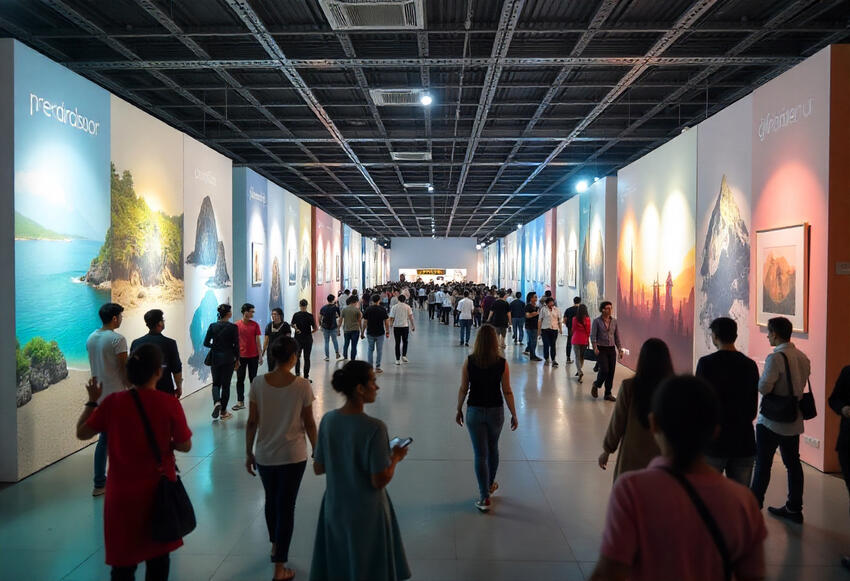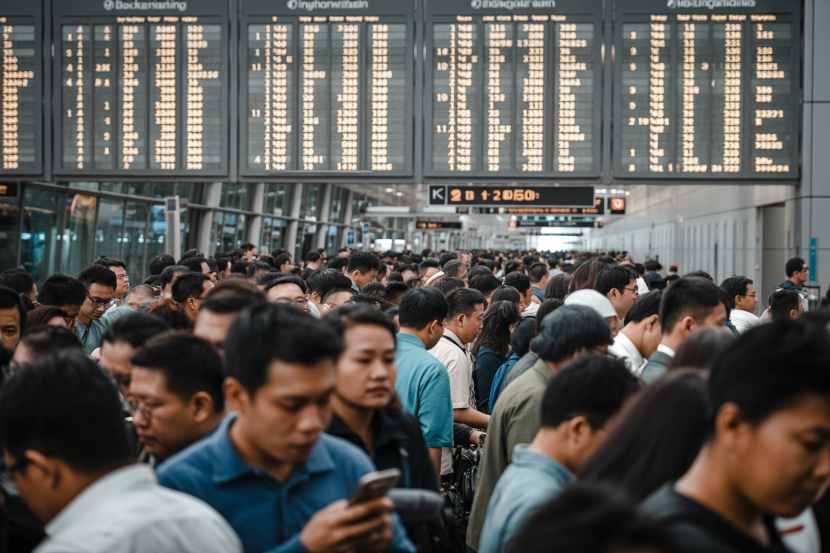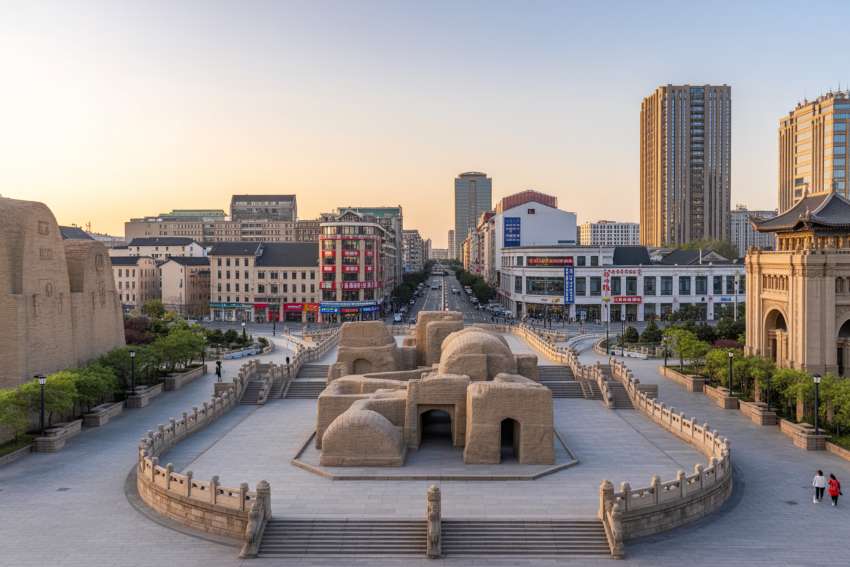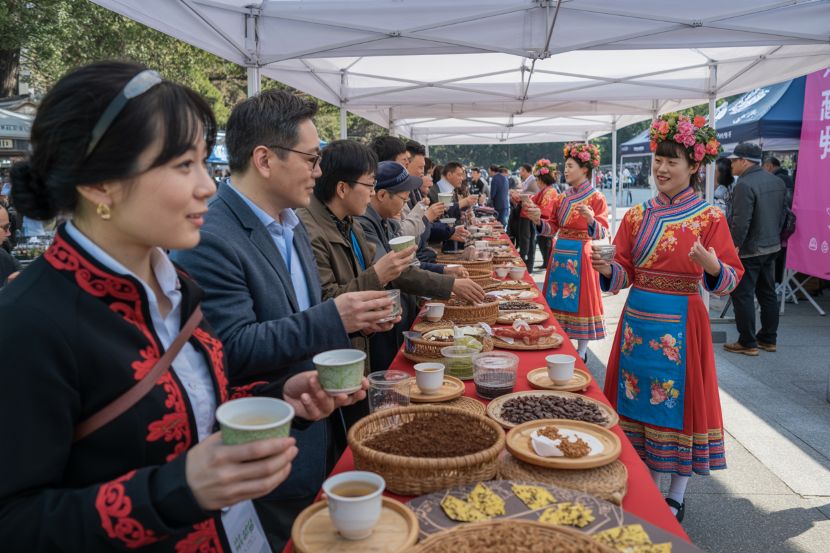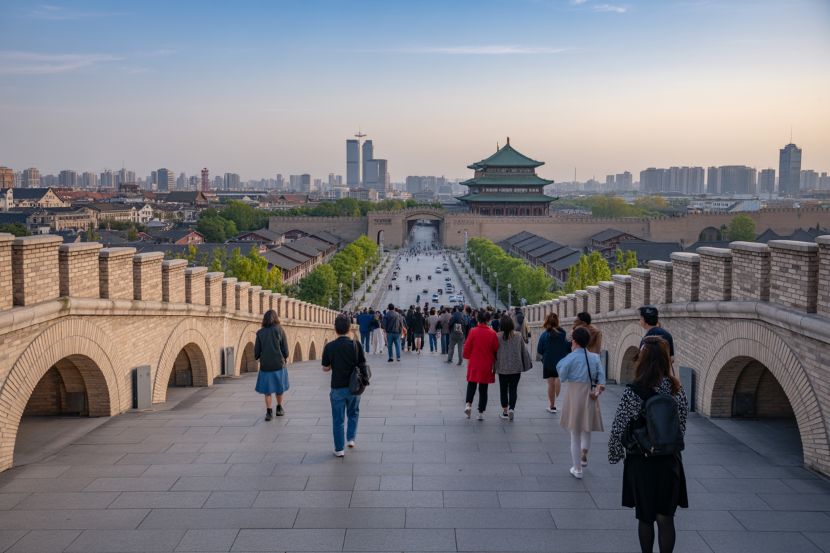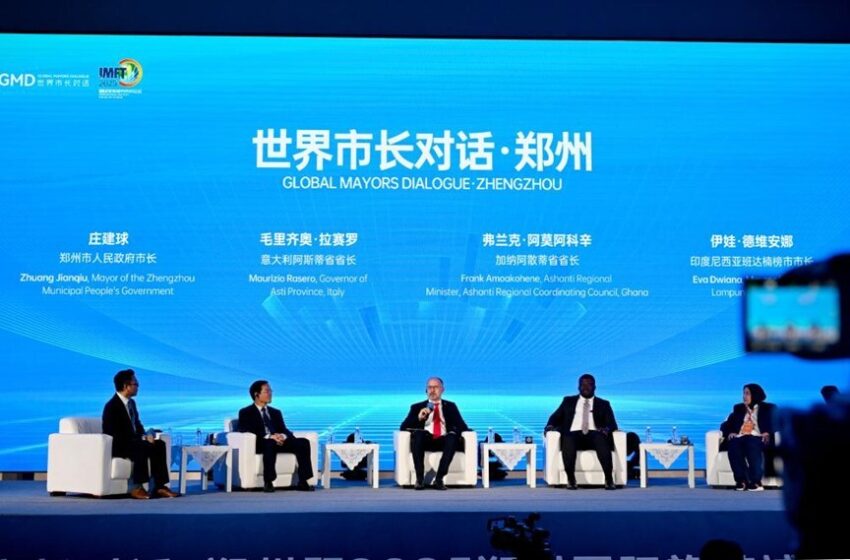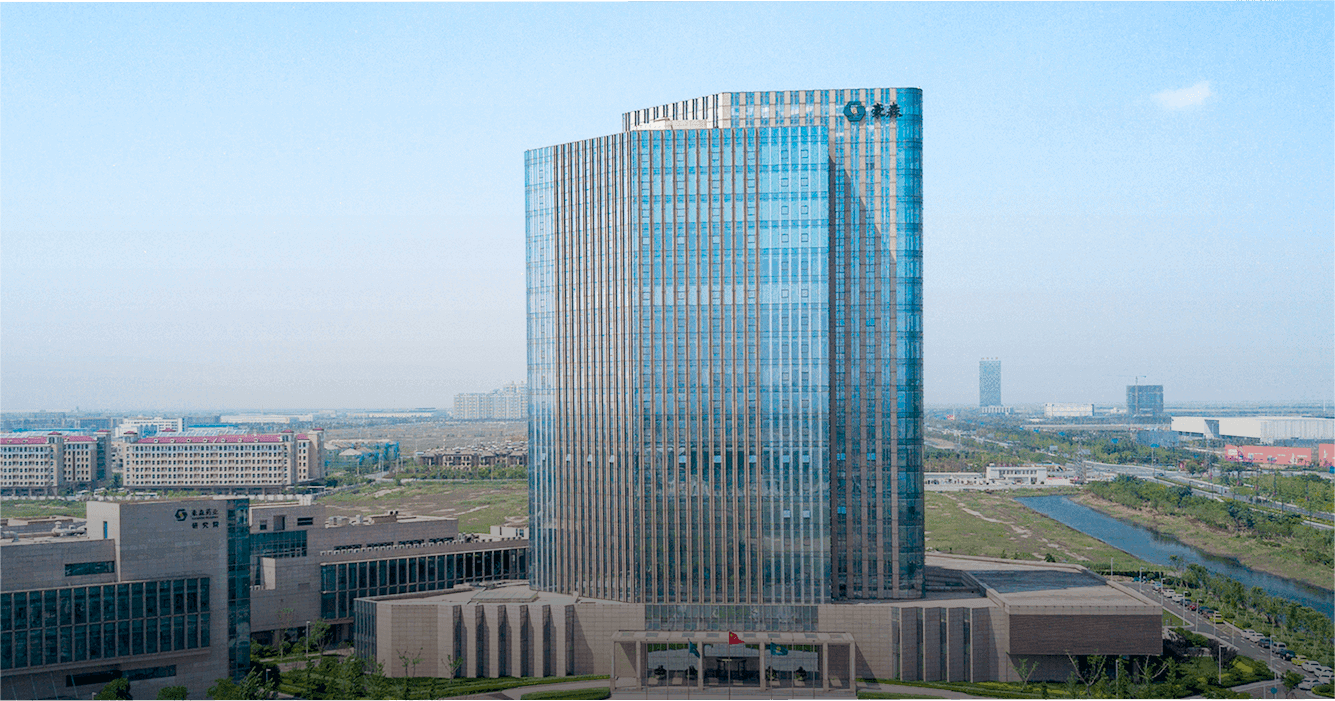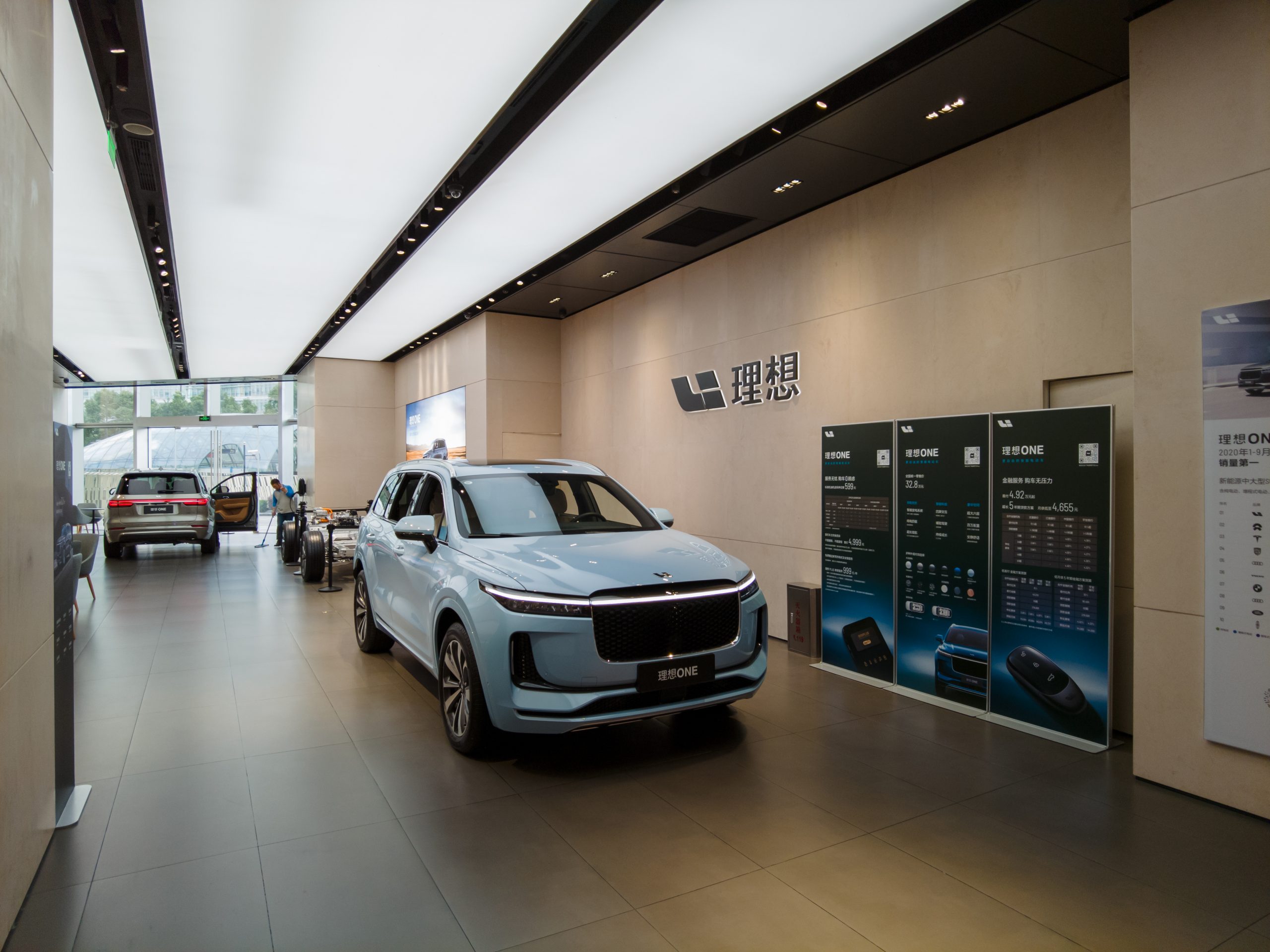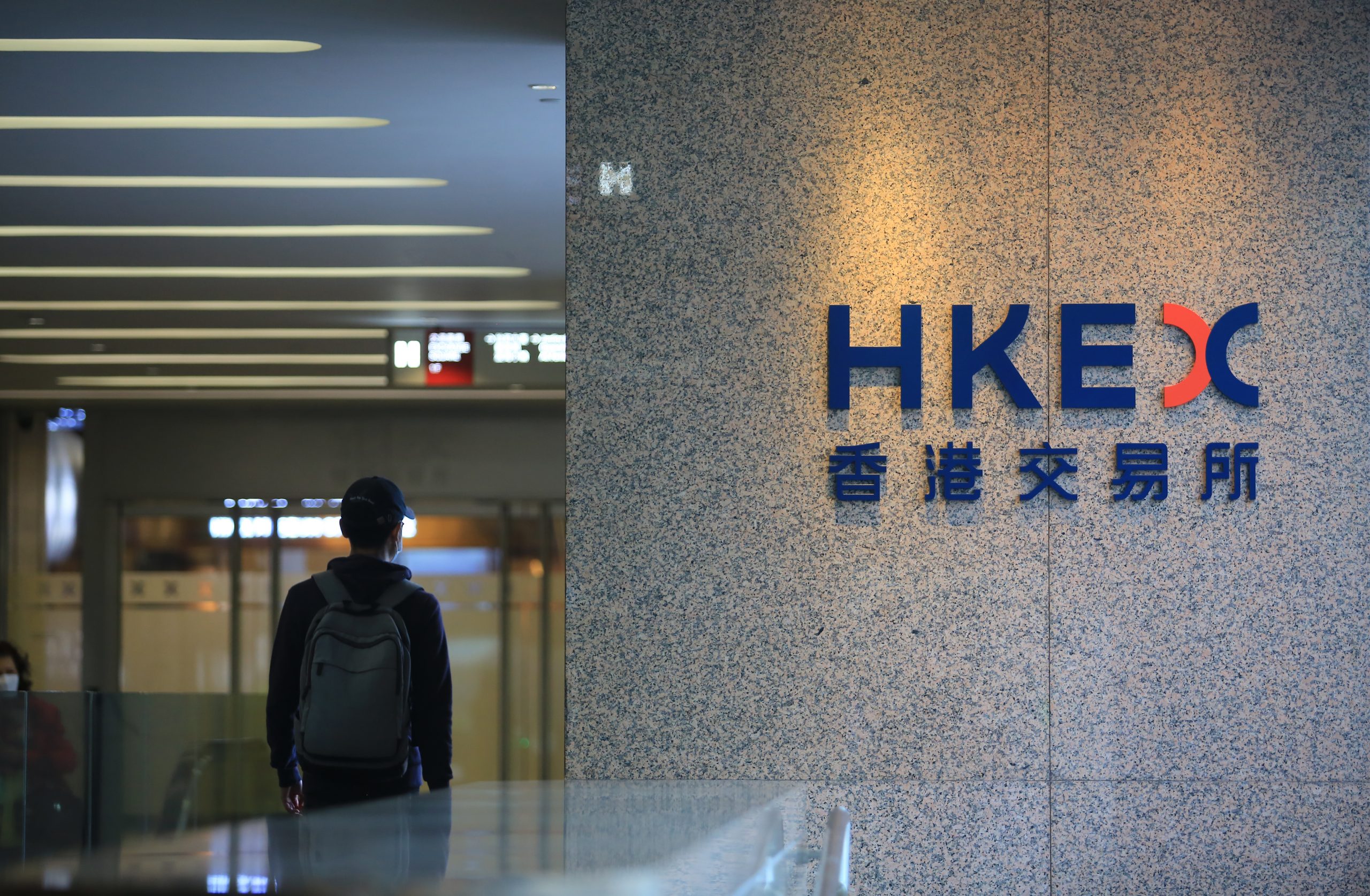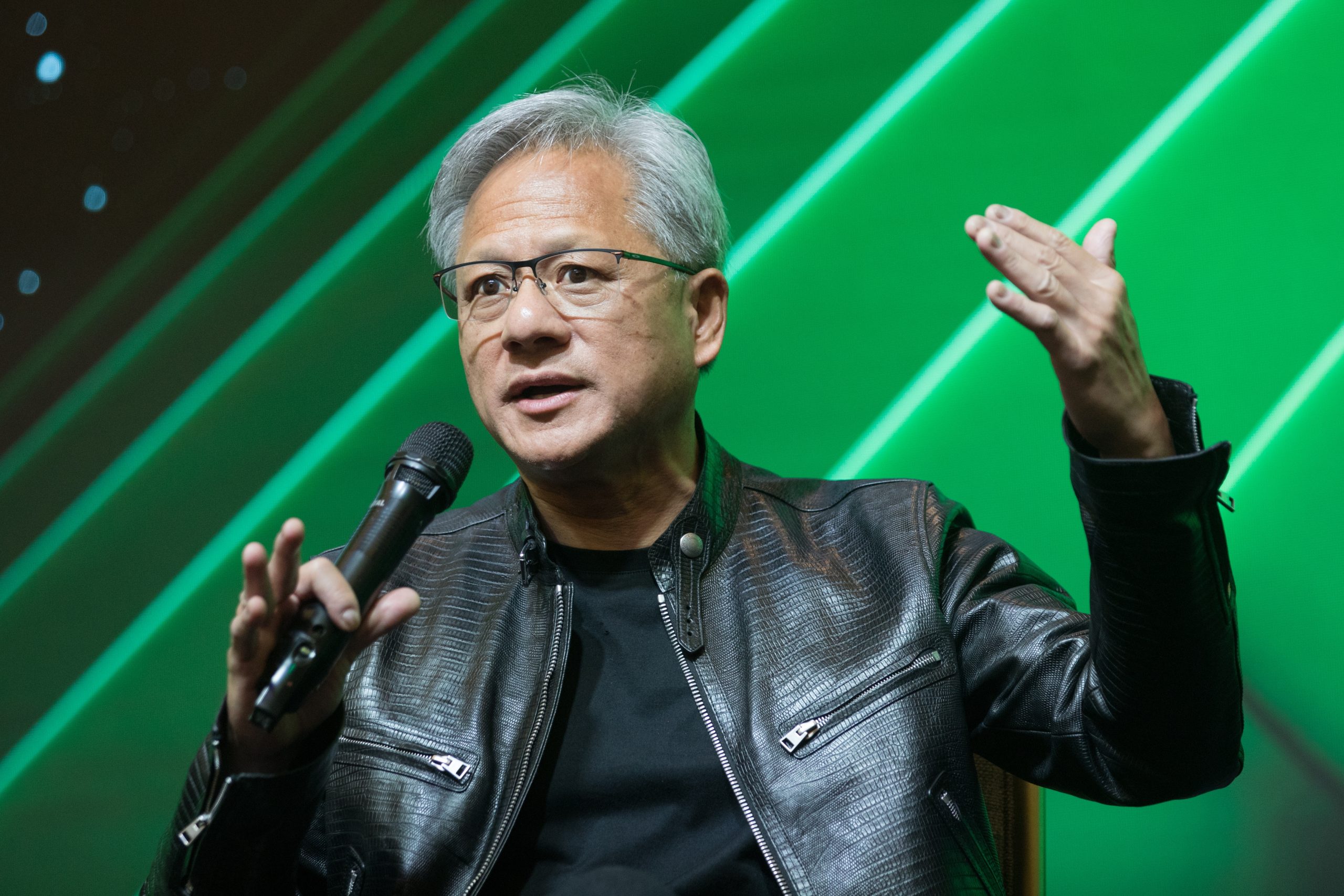Unveil the Secrets of Quanzhou, China: A UNESCO Heritage City Reborn for Modern Travelers
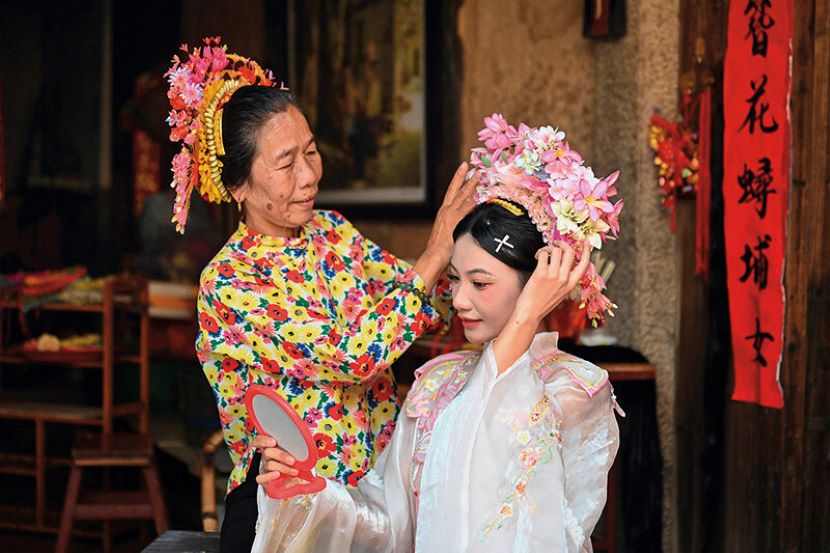
Quanzhou, the ancient port city in Fujian Province, China, stands as a testament to the vibrant cultural and economic exchanges that took place on the Maritime Silk Road. Today, this UNESCO World Heritage site is embracing modern strategies to preserve its rich past while ensuring a sustainable tourism future. With 22 heritage sites recognized by UNESCO, Quanzhou offers a unique blend of history, culture, and innovative tourism initiatives, making it a destination for both history buffs and modern travelers alike.
Heritage Protection: Quanzhou’s Commitment to Preserving the Past
Quanzhou’s success in balancing heritage preservation with modern development is driven by a robust legal framework. In 2023, the city introduced comprehensive regulations to safeguard its UNESCO World Heritage sites. These regulations emphasize the importance of maintaining the integrity of cultural sites while promoting responsible tourism. With these measures in place, Quanzhou is ensuring that its historical treasures are preserved for future generations while also opening them up for public exploration.
The city’s efforts are not limited to legislation. Quanzhou has launched several micro-renovation projects aimed at repairing and preserving heritage sites, such as ancient temples, bridges, and traditional architecture, while maintaining their authenticity. These projects ensure that the city’s historical charm is retained while enhancing the visitor experience.
Cultural Tourism: Blending Tradition with Modern Attractions
Quanzhou’s approach to tourism is rooted in its rich cultural heritage, but it also embraces modern innovations to create a more immersive experience for visitors. The city has developed new tourism models that integrate cultural performances, local cuisine, and traditional customs with visits to historical sites. For example, tourists can enjoy performances that bring the city’s history to life or savor dishes inspired by the ancient Maritime Silk Road.
One of the most popular offerings is the “Zayton Banquet,” a culinary tour where each dish represents a different UNESCO World Heritage site. These efforts enrich the visitor experience by providing a deeper connection to the city’s culture and history, making the heritage sites feel alive and relevant in today’s world.
Ecological Preservation: Quanzhou’s Sustainable Approach to Tourism
While preserving its historical landmarks, Quanzhou has not overlooked the importance of ecological conservation. The city is committed to maintaining a balance between tourism development and environmental sustainability. Projects such as the restoration of the Luoyang Bridge, combined with the surrounding natural environment of mangrove forests, showcase the city’s dedication to preserving both its cultural and natural heritage.
The local government has made significant investments in eco-friendly tourism infrastructure, ensuring that the city’s development is aligned with sustainable practices. These efforts not only preserve Quanzhou’s beauty but also enhance its appeal as a destination for eco-conscious travelers.
Local Involvement: Building a Heritage-Powered Future
A key element of Quanzhou’s tourism strategy is community involvement. The city actively engages local residents in heritage preservation and tourism development. Through volunteer programs, educational initiatives, and cultural workshops, Quanzhou is fostering a sense of pride among its citizens, who play an essential role in maintaining the city’s identity.
The Quanzhou Institute of Cultural Heritage and other local organizations work closely with the community to provide research, training, and resources for heritage protection. This partnership between the government, local institutions, and the public ensures the long-term sustainability of the city’s cultural heritage.
Economic Growth Through Cultural Tourism
The integration of cultural heritage and tourism has proven to be a major economic driver for Quanzhou. The city’s arts and cultural tourism sectors contributed significantly to the local economy, generating billions in revenue. The city’s efforts to develop cultural industry parks, such as the Straits Sculpture Cultural Industrial Park, have also spurred innovation and provided opportunities for local artisans and businesses.
Tourism-related industries are thriving in Quanzhou, with new hotels, restaurants, and cultural attractions springing up to accommodate the growing number of visitors. The city’s success in combining cultural preservation with tourism development serves as a model for other cities looking to harness the power of their heritage for sustainable growth.
Looking Ahead: A Bright Future for Quanzhou as a Global Cultural Hub
Quanzhou’s future looks promising as it continues to develop its cultural tourism sector while safeguarding its unique heritage. With its rich history, vibrant culture, and innovative tourism initiatives, Quanzhou is positioning itself as a global destination for those seeking to explore China’s past while experiencing its dynamic present.
As Quanzhou balances the delicate act of preserving its heritage and promoting sustainable tourism, it is not only enriching the lives of those who visit but also setting a global example for heritage tourism. The city’s commitment to cultural preservation and community involvement ensures that Quanzhou will continue to shine as a beacon of cultural heritage for generations to come.
Image: Xinhua Silk Road
The post Unveil the Secrets of Quanzhou, China: A UNESCO Heritage City Reborn for Modern Travelers appeared first on Travel And Tour World.